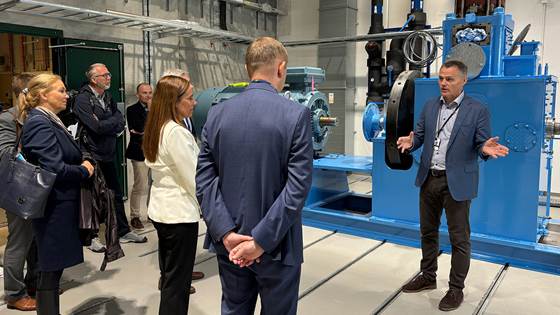
Laboratories for the future
Two new laboratories will test energy systems that will make shipping green, and constructions that are necessary for offshore wind and other energy development offshore.

Two new laboratories will test energy systems that will make shipping green, and constructions that are necessary for offshore wind and other energy development offshore.
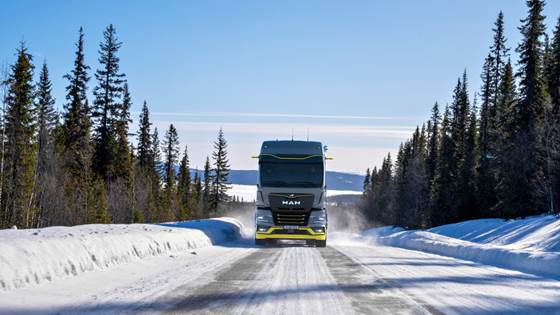
As early as next year, a hundred new hydrogen trucks will be rolling Norwegian roads – with zero emissions and a range of 500 kilometres. And that’s not all! It takes less than fifteen minutes to fill their tanks.
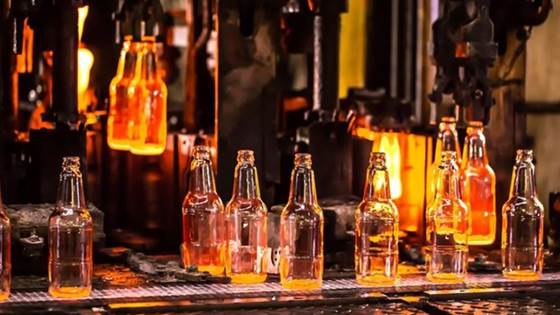
Both the glass and aluminium industries cast glass in furnaces that generate large volumes of greenhouse gases. Researchers believe that replacing natural gas with hydrogen will enable us to remove greenhouse gas emissions and promote smarter...
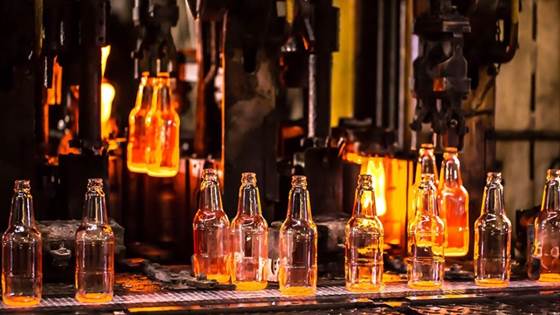
By replacing natural gas with hydrogen and safer and smarter production methods, an EU-funded project will decarbonise the glass and aluminum industry.
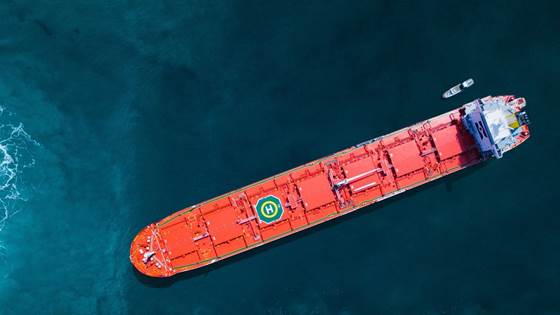
Reducing energy consumption and replacing fossil with renewable fuels within the maritime sector is a large and global challenge. The new Norway-based research center FME MarTrans aims to find sustainable solutions for the maritime energy transition.
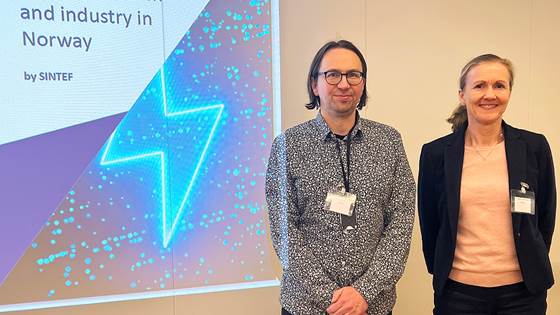
Investing in research, local manufacturing and secure access to materials is needed to solidify Norway’s position as a leader in sustainable batteries.
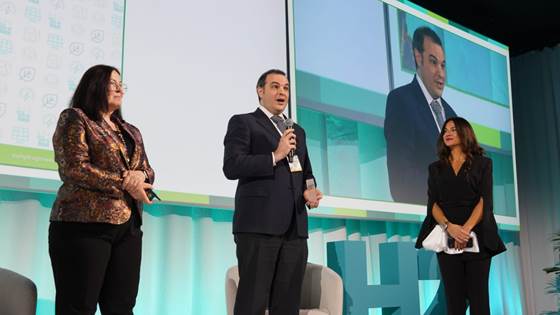
With enormous interest from the industry, the project “StasHH” won the Clean Hydrogen Partnership “Best success story award” for its research on standardized hydrogen fuel cell modules (FCMs).
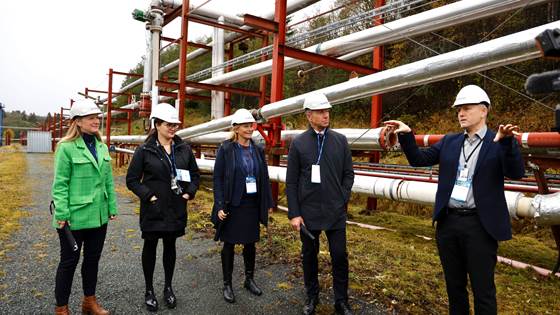
The knowledge gained from SINTEF's Multiphase Laboratory at Tiller has contributed to great strategic importance for Norway's oil and gas production, but also for the country's economic growth.
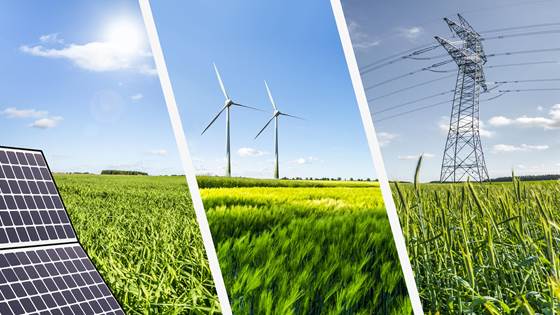
We are helping factories operate smarter by using renewable energy more efficiently and making their manufacturing processes more flexible.
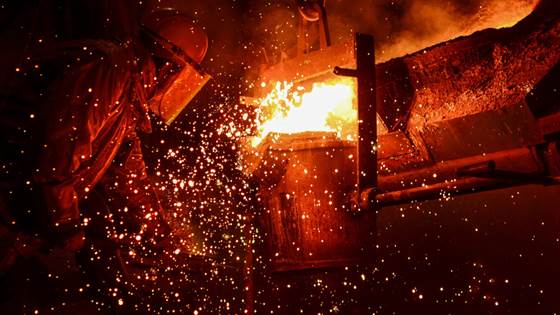
Norwegian hydrogen research laboratories have recently been celebrating breakthroughs that can help heavy industry to achieve climate neutrality. But current Norwegian government policy means that these findings will most likely only benefit our...
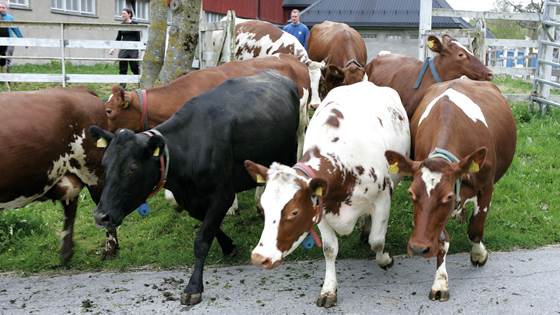
Researchers have developed a new method of detecting a metabolic disease that affects dairy cows after calving. The aim is to determine whether cows are at risk of contracting the disease before they actually become sick.
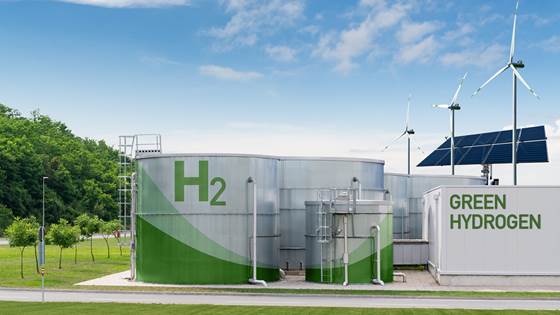
A new project is making the hydrogen production process more cost effective and sustainable by reducing the use of critical raw materials.
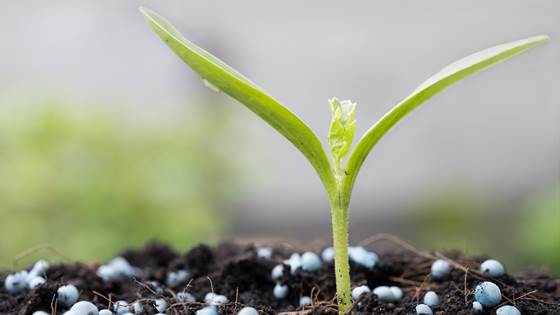
A new research project aims to produce green ammonia by utilizing variations in renewable energy production.
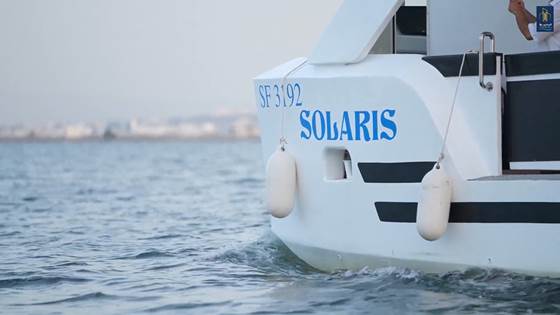
SINTEF has led a project for sustainable maritime transport in North Africa. The result is a transport boat powered by batteries from solar cells.
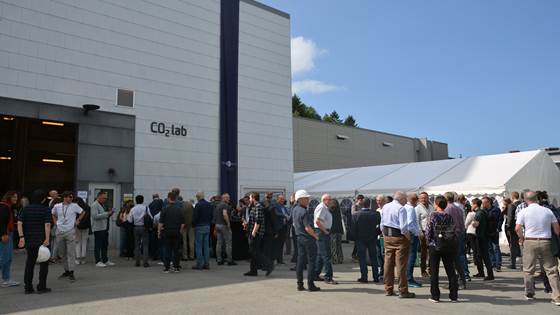
For 12 years, the pilot plant for CO2 capture at Tiller has been testing technology that is crucial for Norwegian industry to realize carbon capture and storage, and for Norway to help solve the global climate challenges.